
One argument is that organizations owned by the communities they serve are more accountable, and can emphasize service over profit. When employees govern their own workplace, they can design a happier, stable and more equitable work environment.
But there’s also the value of organizing according to one’s ideals. Though we are supposedly living in a democracy, most of us spend our days working for private tyrannies. Living and participating in a democracy should consist of more than just voting once a year. We should be able to participate in the decisions that affect our lives.
The examples for working artists’ cooperatives are an inspiration — and a challenge — to those of use trying to work collectively. He profiles the Design Action Collective, Eggplant Active Media Workers’ Collective, the Red Sun Press printshop, the Tech Underground, and Brooklyn’s own the 62. The groups structures vary, from Limited Liability Corporations, to non-profit union shops, to informal (unincorporated) alliances of friends.

Their clients sing praise of their work and its impact. “If it’s not documented, it didn’t happen,” says Iris Carter Brown from the Louisiana Bucket Brigade. Holding up a report produced by Design Action about the campaign to stop Shell from polluting her neighborhood, she says, “Here’s the proof, this is real. We are not crazy, and we are tired of putting up with this.” The polished, sophisticated graphics project an image of an organized, sophisticated movement — one that can overcome its opponents.
…and gets into the kind of working relationship cooperative structures can foster in his profile of the 62:
The studio is incorporated as a partnership and uses consensus to operate. “If everybody is not on board, we choose another project,” says Matthew. […]. “As a collective, we like seeding alternative ideas. We take turns working on projects,” he says. “It’s like a group of musicians. We’ve found a comfortable working space to jam.”
Read the whole article here, and be sure to follow the links to the profiled organizations: they include some of the best political design groups out there.
Images by Josh MacPhee, from the Street Art Workers 2003 project: Utopia/Dystopia.
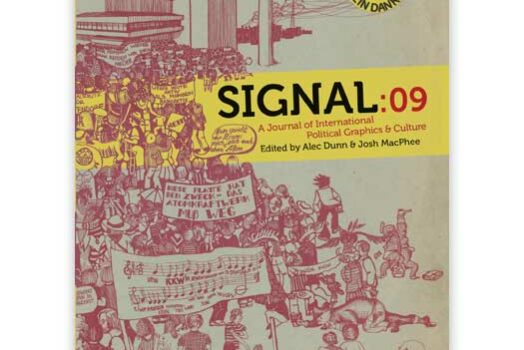
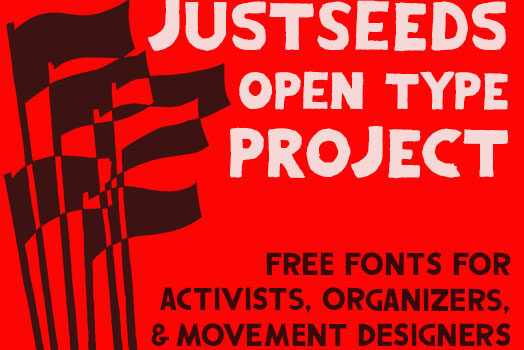
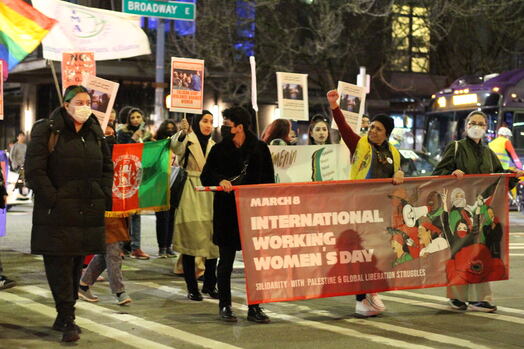
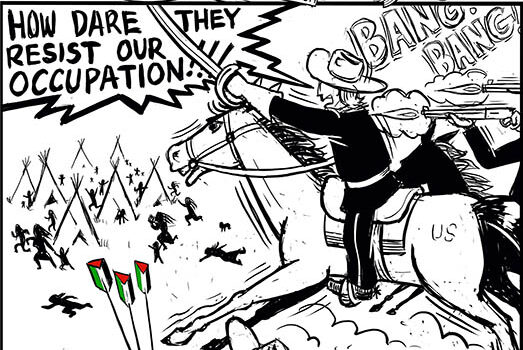
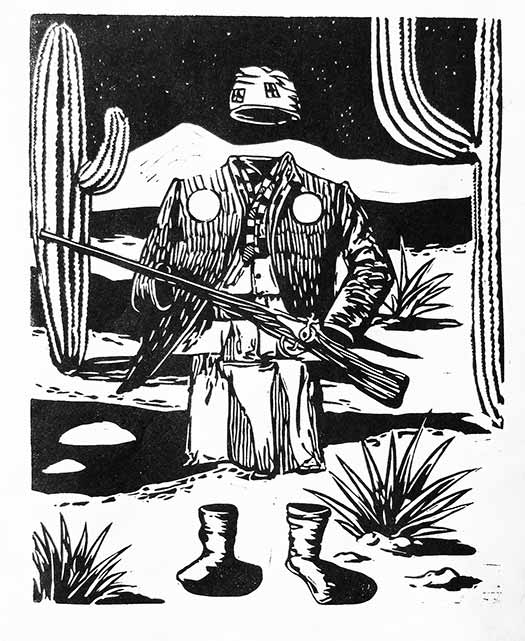
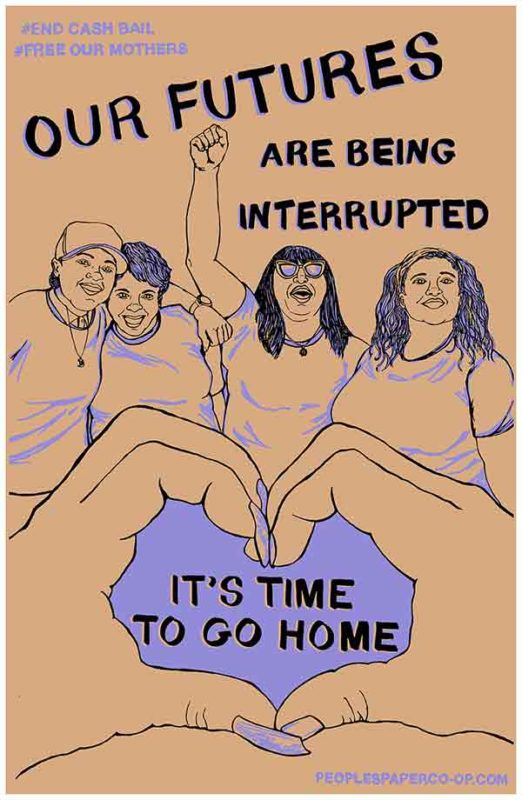
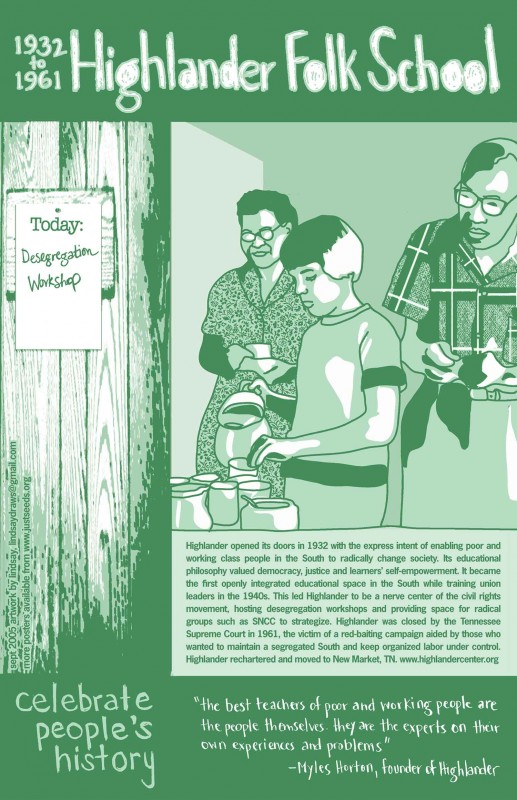

Hey, isn’t Saddle Creek Records, the label that Bright Eyes and The Faint and Rilo
Kiley are on a worker’s (or artist’s) owned cooperative or something? I think that
all the band share the profits equally or something.
Maybe.
There used to be a record label based in Brooklyn, called Mountain Records, that became a co-op. It was run by folks interested in seeing it perpetuated after the “founder” of it Chris Jensen decided it should have a horizontal structure to it.
http://www.mtncia.com/home.htm
Maybe Eliot can give accounts of seeing Chris Jensen or the long Island bands that were put out by MTN on the VR blog, Do I hear Half man, Devola, or Saetia? Maybe on the same bill as CR, Milhouse, the State Secedes or Judas Iscariot!
Enough dorky hardcore kid talk. It was Independant music and cooperative structures that made me realize that there are other ways to organize how we interact economically and socially.
Thank you John, Josh and eliot for this post!
Shucks.
Hey, I think John has been profiled before on Visual Resistance, but I want to mention again that he runs a really great site called Social Design Notes (http://www.backspace.com/notes/), which tries to do for design what VR tries to do for street art. Check it out!